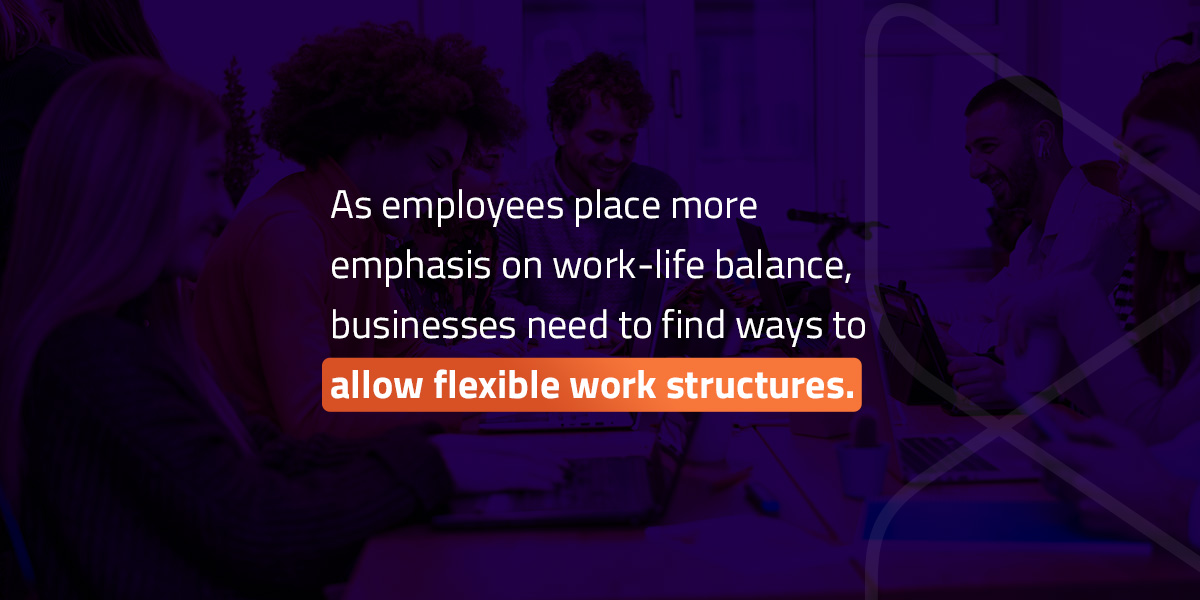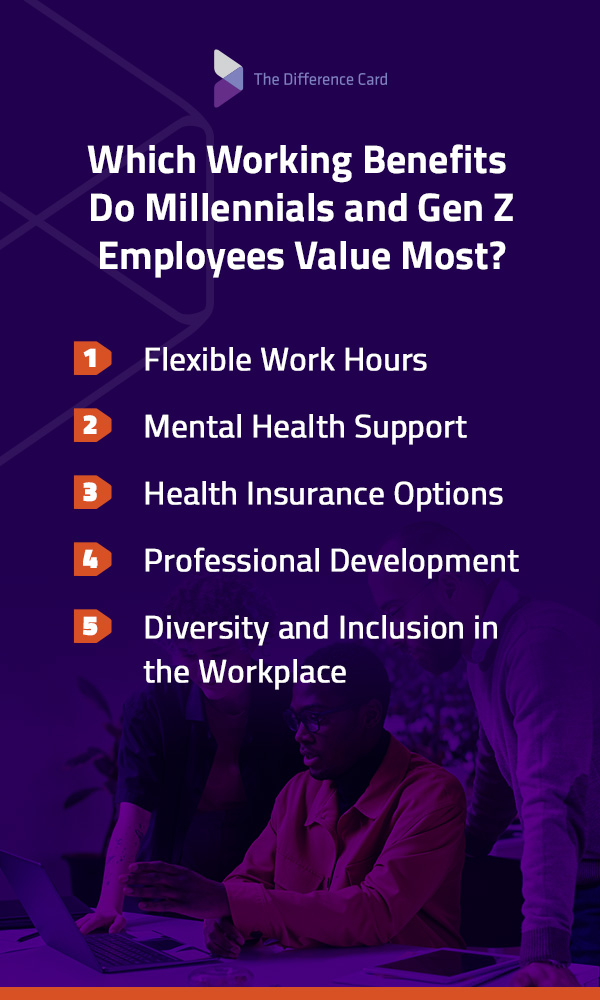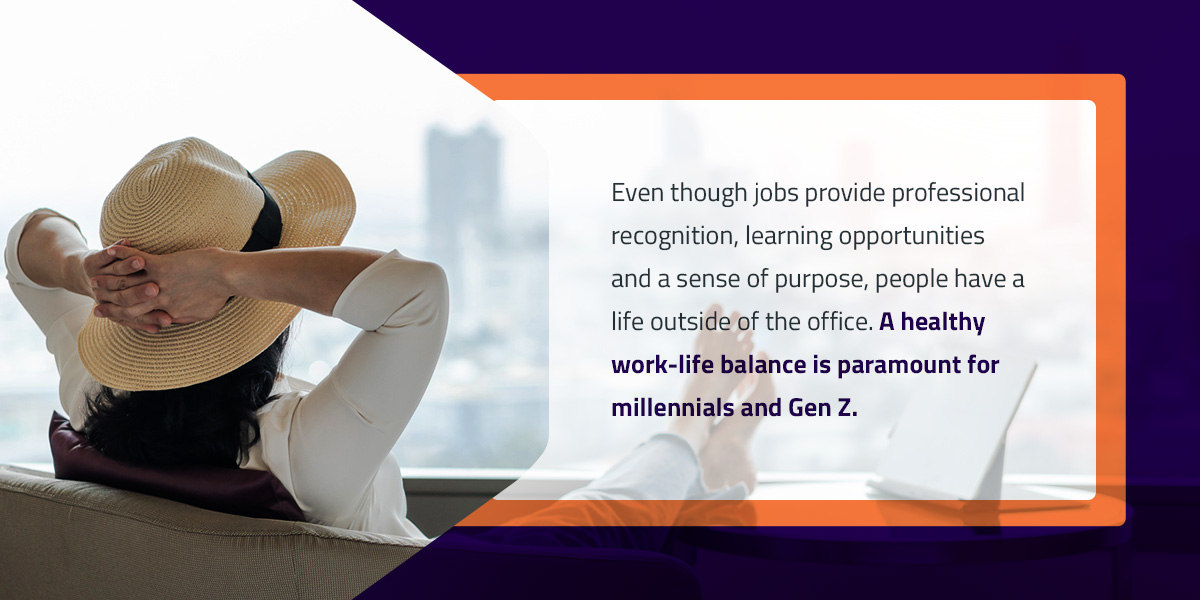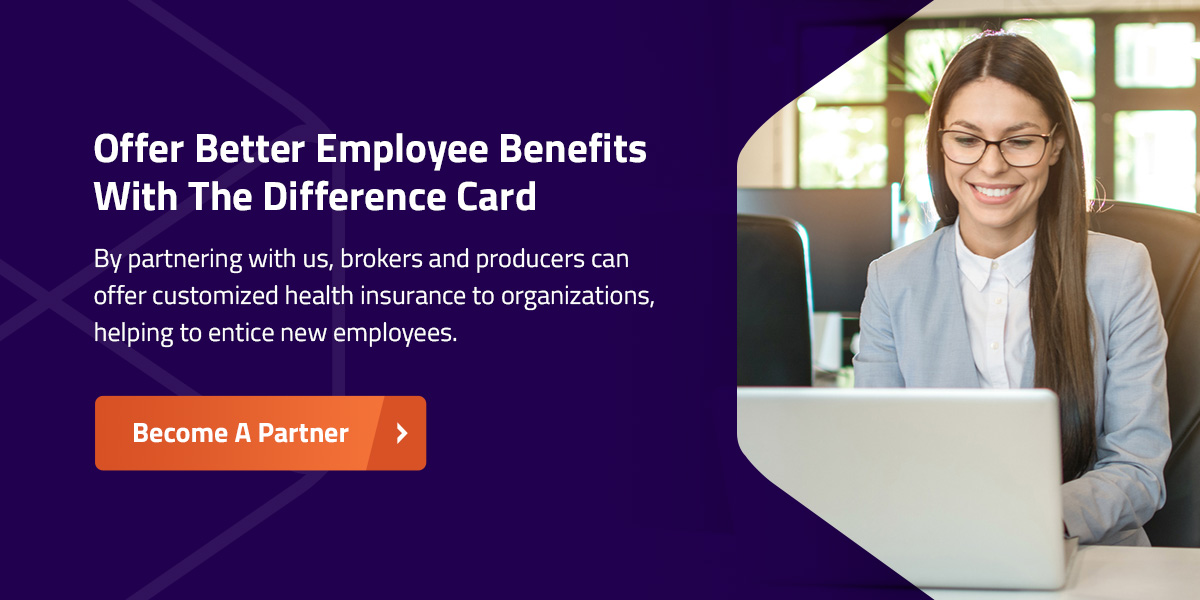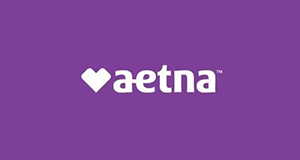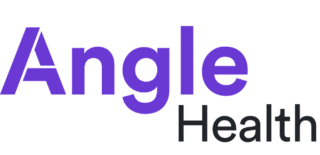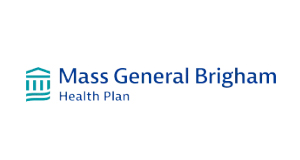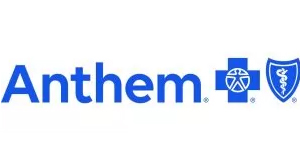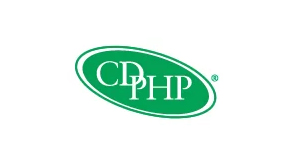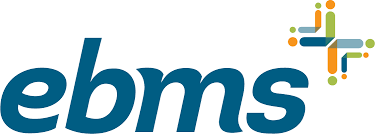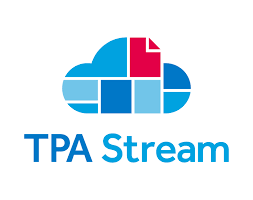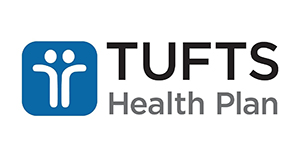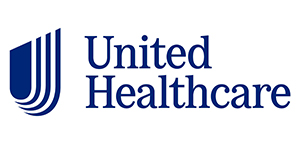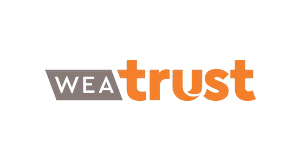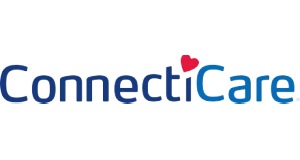
Which Benefits Do Millennial and Gen Z Employees Value Most?
Table of Contents
Top Employee Benefits for Millennials and Gen Z
Hiring top talent drives innovation, improves productivity and ultimately puts businesses ahead of the competition. By curating an appealing set of benefits, businesses are more likely to attract hard-working employees and experience these qualities within their operations. As the average cost of employee turnover equates to a third of their annual salary, better benefits also help to optimize workforce retention.
But as millennials and Gen Z workers have a different outlook on employee benefits compared to other generations, employers must provide them with an attractive value proposition. As a broker, you can help them deliver these benefits so that they can recruit and retain the best talent. We've compiled some relevant insights to help you show businesses how to tailor their benefits.
View Our Cost Containment Solutions →
Which Working Benefits Do Millennials and Gen Z Employees Value Most?
While many employees link high salaries with job satisfaction, this is not the only motivating force behind going to work each day. A massive 79% of employees would rather stay in a job where they feel valued, even if it means earning less. Worker benefits play a crucial role in achieving a positive staff experience, and you can help them show their employees how much they value their health and wellness. Here's an overview of the top benefits millennials and Gen Z expect in the workplace:
1. Flexible Work Hours
At the end of 2023, tens of thousands of professionals quit their jobs in a movement now named the Great Resignation. One of the main reasons behind this decision was a lack of flexibility within work days. As employees place more emphasis on work-life balance, businesses need to find ways to allow flexible work structures.
Workplace policies that provide flexibility to employees boost well-being and encourage them to seek health services when needed. When employees take care of their health, it saves your clients money in the long term. “Presenteeism,” or the phenomenon of workers coming to work even though they're unwell, costs the economy $150 billion in lost productivity annually. In contrast, paid sick leave and flexible work hours can save your clients money.
You can save organizations money on health benefits by suggesting the following options:
- Introduce flexible work hours: Giving employees more freedom to choose when to start and end their day helps them fit gym workouts, healthcare appointments and school pick-ups into their schedules.
- Following a hybrid schedule: There are distinct benefits to working remotely and on-site — allowing employees the best of both worlds helps them enjoy more flexibility.
- Caregiving leave: Some millennials or Gen Z workers will have young children or aging parents. Offering them caregiving leave allows them to fulfill family responsibilities that may otherwise impact the work day.
- Offering unlimited leave: While this may seem detrimental, companies that implement this structure have saved costs and time on monitoring staff's leave allocations.
- Summer Fridays: Allowing staff to leave work early when the weather is good is an appreciated perk. As a bonus, spending time in the fresh air and sunshine could have a positive impact on employee health.
Employers can help staff make the most of flexible working policies by providing additional equipment for remote work. They may also consider offering part-time roles or compressed work weeks to attract candidates looking for a better work-life balance.
2. Mental Health Support
The National Institute of Mental Health published a report in 2021 that indicated one in five American adults struggle with mental illnesses — that equates to roughly 57.8 million people. Interestingly, the groups most impacted by mental illness were between 18 and 25 and 26 and 49 — in other words, Gen Zers and millennials. Some of the most common mental illnesses include anxiety and depression, both of which can significantly impact employees' work performance.
These statistics reinforce the importance of providing adequate mental health resources in the workplace. Some options you can suggest to employers looking to provide mental health benefits include:
- Facilitate awareness campaigns: Running campaigns or workshops highlighting different mental illnesses helps break the stigma of these health concerns. In addition, these initiatives are instrumental in starting conversations about mental health.
- Promote mental health days: By encouraging employees to take a day to restore their mental health, businesses indicate that they value employee wellness. Organizational leaders can help normalize this benefit by openly using mental health days themselves.
- Encourage wellness activities: Meditation and yoga offer many mental health benefits, such as stress management and better quality sleep. Providing educational material on these activities or building them into team-building events boosts wellness in the workplace.
Aside from these wellness initiatives, employers can provide financial assistance for employees to afford therapies with qualified professionals. Offering reduced deductibles or discounts on copays helps make these treatments more accessible to staff.
3. Health Insurance Options
Every generation has different health concerns. For example, boomers' top concern may be arthritis and joint replacements, while migraines are a prevalent issue for millennials. Similarly, Gen Z may have heightened worries about obesity, as research suggests that 56% of young adults with this disease are between the ages of 18 and 25.
Health insurance is always a nice employee perk, but organizations can offer more value by offering staff relevant health services. Partnering with The Difference Card allows employers to select and fund benefits specific to millennials and Gen Z. In addition to offering customized benefits, your clients who sign up with The Difference Card can reduce out-of-pocket costs for staff. Here's how you can encourage your clients to get the most out of this partnership:
- Recommend open communication of the benefits: Once employers choose which health benefits they want to provide, suggest that they notify their staff. Ensure employees have access to their Difference Card Summary of Benefits Chart to confirm their cover details.
- Explain the process: Minimize confusion by notifying your clients that their employees must present their health insurance card prior to their appointment. After they receive their bill, they can submit their claim to The Difference Card team.
- Clarify repayment timeframes: Instead of waiting weeks for reimbursement, employees will often receive the amount due to them in two business days or less. Boost your clients' overall business health and point out the value of communicating this information. When their staff understand the process, it prompts them to be more proactive in addressing health concerns.
By offering your clients this medical expense reimbursement plan (MERP), you help them with up to 18% on health insurance costs. Employers then have the option to reinvest these savings into other employee benefits or reduce employee out-of-pocket costs even further.
4. Professional Development
According to the Pew Research Center report cited earlier, workers attributed a lack of career advancement opportunities as the second core reason behind the mass resignation. Businesses that build professional development incentives into their employment packages help to encourage top talent to apply. Some ways your clients can do this include:
- Mentorship programs: Connecting new employees with experienced professionals helps them learn skills unique to their organization. Mentorship programs also promote enhanced collaboration among team members.
- Cross-training opportunities: Allowing employees to gain skills in other business areas enables them to add extra clout to their resume. Businesses that provide these opportunities offer their teams new avenues for growth, which shows they care about them as people.
- Networking events: From golf days to roundtable discussions, these events help facilitate learning in an informal way. Networking activities also allow your clients' staff to connect with influential professionals.
- Internal promotions: Gen Z and millennial workers often want to grow within a company. Providing internal opportunities for advancement helps to keep valuable skills within the organization.
- Incentivized learning: Employees will often need to tackle educational programs outside of work hours. By offering incentives for completing learning objectives, employers help to encourage a positive growth journey.
5. Diversity and Inclusion in the Workplace
When employers hire a diverse workforce, they benefit from a wider range of perspectives that contribute to increased problem-solving. They also experience benefits such as enhanced innovation, productivity and employee wellness. But in order to experience these advantages, businesses need to promote a diverse and inclusive workplace. Here are some ways they can do this:
- Observe all cultural and religious holidays: Acknowledging significant days via email helps mark special events. Companies can further enhance their inclusive approach by allowing employees to use paid time off (PTO) on these days.
- Create a strong DEI statement: A diversity, equity and inclusion (DEI) statement communicates related goals to stakeholders. It shows employees, customers and investors where a business stands on these matters.
- Appoint a diverse hiring team: By including people from diverse backgrounds in recruitment practices, organizations help to eliminate unconscious bias. In addition, they show potential candidates that they encourage equal representation.
- Use inclusive language: Using phrases that encompass all genders and abilities eliminates bias and discrimination. If your clients include any company-specific abbreviations in policies, they should ensure they explain the meaning behind each phrase.
- Make technology accessible: While millennials and Gen Zers grew up with computers, mobile phones and the Internet, there may still be some technological divides. Employers need to provide adequate training to ensure everyone can use tech devices efficiently.
By taking these steps to ensure a diverse and inclusive culture, businesses help employees feel accepted — regardless of their differences. Employees who feel respected in the workplace are more likely to view their organization in a positive light, which ultimately aids staff retention.
Understanding Employee Needs and Expectations
When considering which benefits to include in an employment package, it's essential your clients understand the needs of potential employees. Here's an overview of what millennials and Gen Z view as priorities:
The Importance of Work-Life Balance
Even though jobs provide professional recognition, learning opportunities and a sense of purpose, people have a life outside of the office. A healthy work-life balance is paramount for millennials and Gen Z. Here are some ways businesses can implement a better balance:
- Review work schedules: Overwhelming workloads often prompt employees to complete tasks outside working hours. Businesses should encourage staff to keep their work separate from their home life by reviewing the allocation of duties.
- Promote breaks: From a 10-minute walk outside to a week-long vacation, breaks offer employees a chance to relax and recharge. Your clients can help their employees find a healthy work-life balance by encouraging them to use their paid time off.
- Request employee feedback: While it may seem as if staff are striking the balance between professional and personal tasks, the opposite could be true. Conducting regular check-ins with employees helps businesses support them accordingly.
The Impact of Workplace Culture on Employee Retention
Organizational culture is another aspect millennials and Gen Z consider when they apply for jobs. Discover some of the reasons why it has an instrumental impact on staff retention:
- Optimized engagement: Employees who feel that their work has a deeper purpose are more driven to achieve organizational goals. They also experience greater satisfaction from their role, making them more likely to stay with the team.
- Improved trust: A strong work culture provides a foundation for healthy professional relationships. When employees feel like they can interact with colleagues and leaders alike, they feel more secure in expressing their ideas and feedback.
- Employee loyalty: People who work for an organization are often the best advocates for their services. A positive work culture not only helps to minimize turnover, but it aids in promoting the brand.
Answering Common Questions
Employee benefits have an instrumental role in attracting top candidates. These answers to common questions will help you highlight what's important to your clients and their employees:
What Kind of Benefits Do Millennials Want in a Job?
While every employee is different, there are certain things that millennials and Gen Z workers view as essential in the workplace. These include flexible working hours, skill enhancement and health benefits. By offering a comprehensive health insurance package, your clients can cater to their employees' physical and mental health needs.
What Does Generation Z Want In the Workplace?
People who fall into the Gen Z category are generally more mindful of mental health. Providing access to counseling and other professional services is a worthwhile benefit. They also care about diversity and inclusion, and whether their company is committed to social and environmental responsibility.
Many Gen Zers began their careers during the COVID-19 pandemic, which means they're comfortable with remote and hybrid work models. Flexibility is important to them, and they're aware of the power of a work environment that supports their physical and mental health.
Offer Better Employee Benefits With The Difference Card
Millennials and Gen Z make up the majority of the global workforce, making it paramount that businesses provide the benefits they consider attractive. From flexible hours to professional development and inclusive work cultures, there is a lot employers can do to attract and retain top talent. But perhaps the top benefit for potential employees is health insurance. Enabling staff to get the physical and mental support they need helps them perform at their best in their professional and personal lives.
The Difference Card understands that every organization is unique, and that is why we enable your clients to pick and choose the benefits that matter most. By partnering with us, brokers and producers can offer customized health insurance to organizations, helping to entice new employees. If you're looking to expand your client base, speak to our team about how we enhance employee benefits packages. You can also learn more about our services by visiting our website or reviewing testimonials from producers who partner with us.


